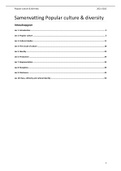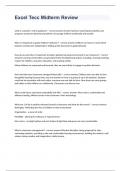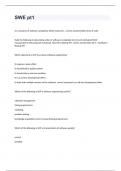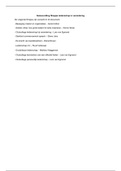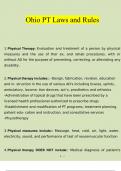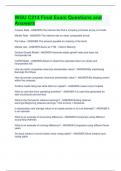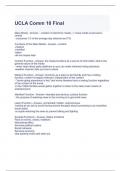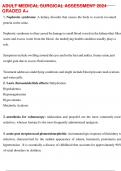Resume
Samenvatting Popular culture & Diversity
- Établissement
- Universiteit Antwerpen (UA)
Samenvatting van het Engelstalige vak 'Popular culture & Diversity' gegeven door prof. Marion Wassenbauer aan de UA. Het is een samenvatting gemaakt aan de hand van de powerpoints en eigen notities.
[Montrer plus]
